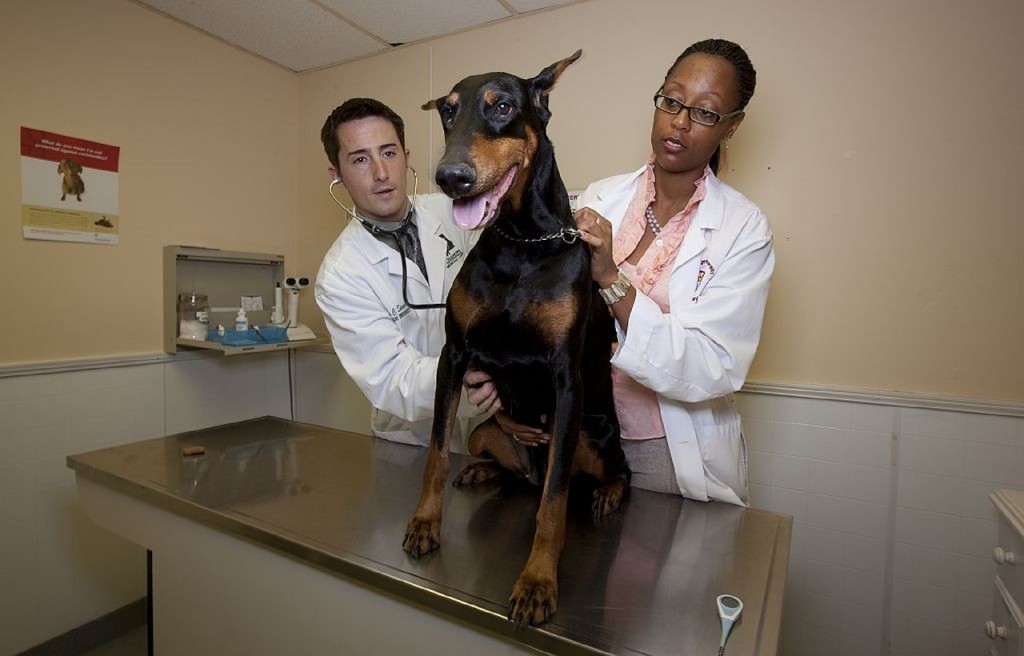While many of these safety tips were written with Independence Day in mind, Running The Pack’s team of dog walkers and pet sitters think they’re relevant to ANY summer celebration where there might be crowds of people, loud noises, and unsupervised hot dogs 😉
From the ASPCA’s “ Fourth of July Safety Tips ”
“…Do not apply any sunscreen or insect repellent product to your pet that is not labeled specifically for use on animals. Ingestion of sunscreen products can result in drooling, vomiting, diarrhea, excessive thirst and lethargy. The misuse of insect repellent that contains DEET can lead to neurological problems.”
“…Do not put glow jewelry on your pets, or allow them to play with it. While the luminescent substance contained in these products is not highly toxic, excessive drooling and gastrointestinal irritation could still result from ingestions, and intestinal blockage could occur from swallowing large pieces of the plastic containers.”
From the MSPCA’s “Fireworks And Your Pet“
“…Their ears are far more sensitive than ours, so help them by drowning out the noise. Find a quiet, comfortable area for your pet indoors and turn on the TV or radio to help reduce the ability for him to hear the fireworks. This includes making sure all windows, screens and doors are closed tightly.”
“If your dog does not have a history of fear over fireworks or loud sounds, do not be complacent if they are outside with you. Make absolutely SURE they cannot get out of their harness or collar should they panic. A panic attack can happen suddenly in a pet’s life, even when it has not happened in the past. Sadly, many dogs become lost after running away from loud noises like fireworks.”
From the MSPCA’s “BBQ Safety Tips“
“Speak with guests about what your pet can and cannot eat. Several foods to avoid include fatty sausages (pancreatitis), chocolate from s’mores (chocolate toxicity), and wild mushrooms (mushroom toxicity can prove fatal to certain dog breeds).”
“…Before bringing your pet to a barbecue or allowing guests to bring theirs, make sure you know if all of the animals will get along. When it doubt, leave your dog where he is safest: at home!”
The below infographic from Petfinder.com also offers some great tips:
Have a safe and happy Independence Day!






